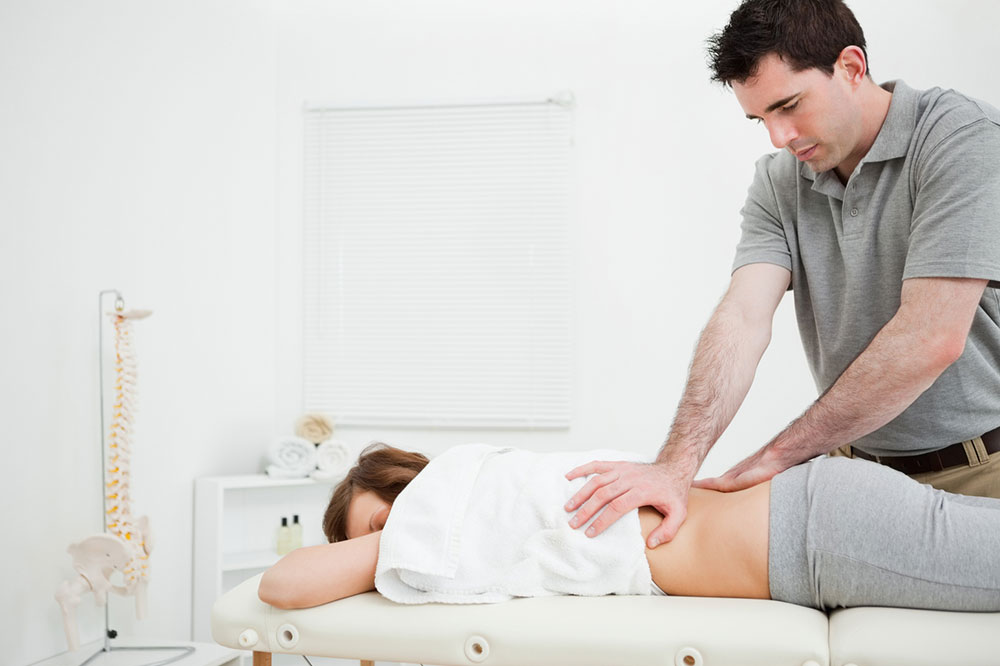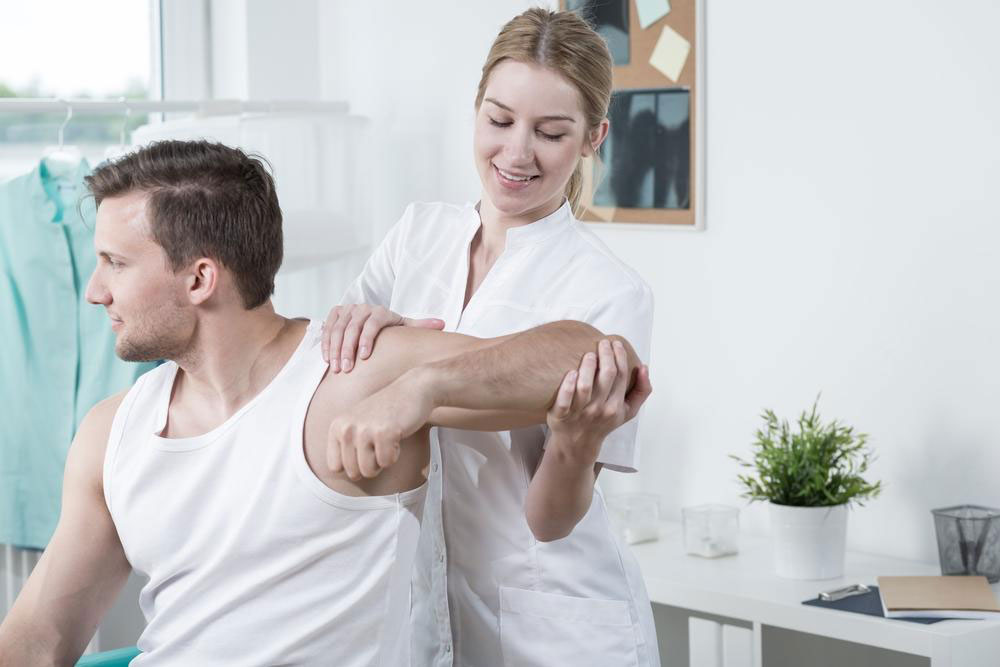Comprehensive Guide to Exercise Strategies for Managing Spinal Muscular Atrophy Symptoms
This comprehensive guide explores effective exercise strategies for managing Spinal Muscular Atrophy (SMA) symptoms. It emphasizes personalized routines, including stretching, aquatic therapy, assisted walking, yoga, hippotherapy, and respiratory exercises, all under professional guidance. Early intervention can improve mobility, reduce stiffness, and enhance respiratory health. Although there's no cure, advances like gene therapy and multidisciplinary care offer hope for better quality of life. Staying informed and proactive in SMA management is essential for patients, caregivers, and healthcare providers aiming for optimal outcomes.

Comprehensive Exercise Strategies to Alleviate Spinal Muscular Atrophy Symptoms
Spinal Muscular Atrophy (SMA) is a complex hereditary disorder characterized by progressive muscle weakness that affects individuals across different age groups. This condition results from the degeneration of motor neurons in the spinal cord, leading to impaired muscle control and movement. The impact of SMA on daily life can be profound, influencing vital functions such as swallowing, breathing, walking, and motor coordination. Understanding the various types of SMA, along with effective exercise routines, is crucial for managing symptoms and improving quality of life.
Understanding Spinal Muscular Atrophy (SMA)
SMA is a rare genetic disorder inherited in an autosomal recessive pattern caused by mutations in the SMN1 gene. This gene is responsible for producing the survival motor neuron (SMN) protein essential for the health and function of motor neurons. A deficiency in this protein leads to the progressive degeneration of motor neurons, which in turn causes muscle weakening and atrophy.
There are several types of SMA, classified based on age of onset and severity:
SMA Type 1 — Also known as Werdnig-Hoffmann disease, this form manifests in infancy and is the most severe. Babies with SMA type 1 may experience profound muscle weakness, respiratory failure, and difficulty swallowing. Without intervention, it can be life-threatening, often leading to early death or the need for ventilatory support.
SMA Type 2 — Usually appears in early childhood, typically between 6 months and 2 years old. Children with SMA type 2 can sit independently but may have difficulty standing or walking. Respiratory issues and joint contractures are common complications.
SMA Type 3 — Also known as Kugelberg-Welander disease, this form occurs later in childhood or adolescence. Patients often retain the ability to walk but may experience increasing muscle weakness and fatigue over time. Respiratory and mobility challenges can progressively impair independence.
SMA Type 4 — The adult-onset form, characterized by mild symptoms that worsen gradually over time, often leading to mild to moderate muscle weakness.
Despite varying severity, all forms of SMA involve the deterioration of motor neurons, resulting in symptoms such as muscle atrophy, stiffness, and functional impairments. Early intervention and tailored exercise regimens are vital for managing symptoms and supporting muscular health.
Role of Physical Activity in Managing SMA
Exercise plays a pivotal role in the management of SMA, primarily aiming to maintain mobility, prevent joint contractures, and enhance overall respiratory and muscular function. It’s important to recognize that exercise routines should be customized to each individual’s severity level, age, and physical capabilities, ideally under the guidance of healthcare professionals such as physical therapists and neurologists.
Before initiating any exercise program, consultation with healthcare providers is essential. They can develop personalized plans, modify exercises based on disease progression, and ensure safety during activities. Here are some of the most effective exercise strategies to help manage SMA symptoms:
Stretching and Flexibility Exercises
Stretching is fundamental for preventing joint stiffness, maintaining limb and trunk flexibility, and reducing muscle spasms. Regular, gentle stretching routines can help improve posture and alleviate discomfort. Focusing on major muscle groups such as the shoulders, neck, elbows, hips, knees, and ankles is vital. These exercises should be performed with slow, controlled movements, ideally holding each stretch for 15-30 seconds, combined with deep breathing to promote relaxation.
For those unable to sit or stand independently, passive range-of-motion (ROM) exercises are beneficial and can be performed with assistance. Consistency is key; aim for 3 to 5 sessions per week to sustain flexibility and joint health.
Shoulder flexion and external rotation exercises
Cervical neck stretches—side bends and rotations
Elbow extensions with palms facing upward
Supported 90-degree forearm bends
Wrist stretches with palms facing up
Knee-to-chest hip flexion exercises
Standing calf stretches to improve lower limb flexibility
Lying leg lifts with assistance to promote muscle engagement
Aquatic Therapy: Exercising in Water
Water-based exercises, known as aqua therapy, are highly effective for individuals with SMA. The buoyant properties of warm water reduce the load on joints and muscles, allowing for safer and less painful movement. Aquatic therapy supports improved strength, endurance, and balance with minimal risk of injury.
Engaging in water exercises such as walking, gentle jumping jacks, leg lifts, ankle circles, and floating relaxation techniques can significantly enhance muscular coordination. The warmth of the water also promotes muscle relaxation, improves circulation, and alleviates stiffness, making it an indispensable component of SMA management.
Gait Training and Assisted Walking
If the individual's condition permits, walking remains a beneficial activity for maintaining cardiovascular health and overall mobility. The use of assistive devices like walkers or crutches, under the supervision of a healthcare professional, can enhance safety and promote independence. Regular walking can help preserve muscle function and improve respiratory capacity.
Yoga and Gentle Stretching
Yoga offers gentle stretching and breathing exercises that enhance flexibility and promote relaxation. Adapted yoga poses—performed seated or on a stability ball—can help improve joint health and reduce muscle tension. Incorporating breathing techniques enhances lung capacity, which is particularly important given SMA-related respiratory challenges.
Hippotherapy: Therapeutic Horseback Riding
Hippotherapy, or therapeutic horseback riding, utilizes the rhythmic motion of horses to improve core strength, posture, and balance. This form of therapy is especially beneficial for children and adults with SMA, fostering motor development and enhancing proprioception. Professional supervision ensures safety, and the experience can be both enjoyable and therapeutic.
Breathing Exercises for Respiratory Support
Respiratory muscles are often weakened in SMA, leading to breathing difficulties. Slow, deep breathing exercises, diaphragmatic breathing, and incentive spirometry are effective techniques to strengthen lung capacity and improve respiratory efficiency.
Understanding SMA Symptoms and Signs
SMA affects both infants and adults, leading to a broad spectrum of symptoms related to muscle weakness and impaired motor function. Common signs include difficulty crawling, standing, or walking independently, and signs of muscle stiffness and joint contractures. Respiratory issues can manifest as breathing difficulties or recurrent infections.
Additional symptoms may include low muscle tone (hypotonia), swallowing problems, tremors, tongue twitching, fatigue, and muscle spasms. Recognizing these early signs can facilitate prompt diagnosis and intervention, which can significantly influence disease progression and quality of life.
Current Management Strategies and Future Directions
While there is currently no cure for SMA, advancements in medical science have introduced therapies that greatly improve management. Gene therapy, such as onasemnogene abeparvovec, offers hope by addressing the underlying genetic defect. Complementary treatments include physical therapy, respiratory support, nutritional management, and assistive devices that foster independence.
Early diagnosis through newborn screening programs and a multidisciplinary approach enhance treatment effectiveness, primarily focusing on symptom relief, functional improvement, and prolonging life expectancy. Ongoing research promises future therapies that target the disease at a molecular level, potentially offering more comprehensive solutions.





